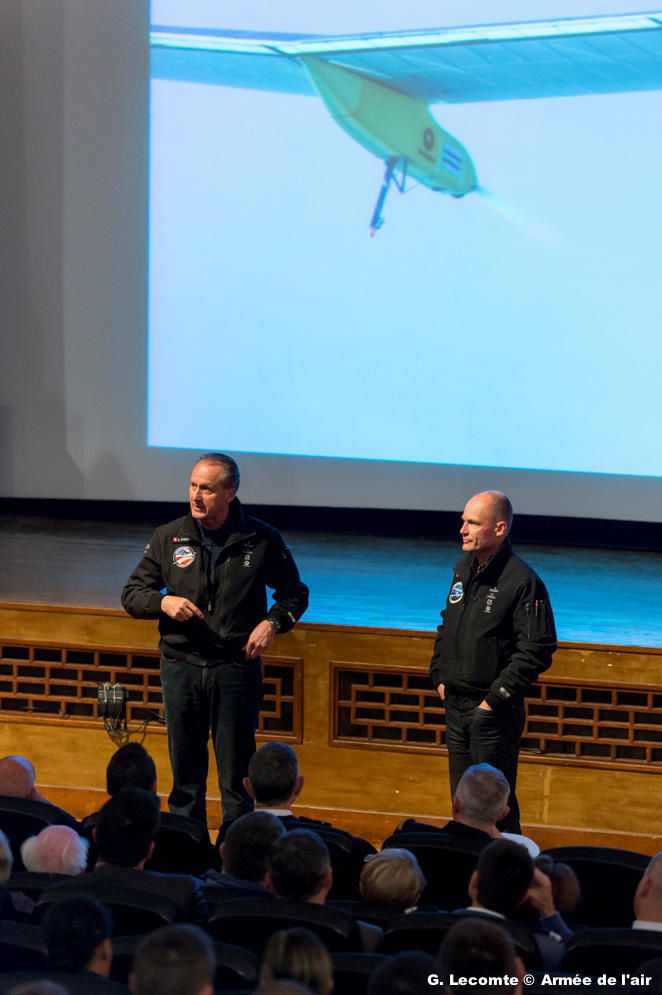27 March 2014 Miss Rebecca Jepps - Royal Air Force
The RAF has paid an exclusive behind the scenes visit to Airbus Defence and Space in Seville, Spain to see the progress being made on A400M, otherwise known as ATLAS.
The next generation military transport aircraft will bring a unique capability to the RAF as it combines the intercontinental range of the C-17 with the ability to do tactical rough landings of the C-130 Hercules.

Air Officer Commanding 2 Group, Air Vice Marshal Sean ReynoldsCBE DFC RAF said:
"It was a privilege to visit Airbus Defence and Space in Seville to see at first hand the progress that is being made with the A400M programme. As part of bringing the aircraft into RAF service, our people including aircrew, engineers and support crew are currently preparing at the International Training Centre to operate the aircraft. ATLAS will bring a unique capability to the RAF’s Air Mobility fleet, with combined strategic and tactical capabilities ensuring that it will be a key capability in the decades to come. ATLAS will be based at RAF Brize Norton, which has an exciting future as it prepares to operate the RAF’s newest aircraft."

Tony Flynn, 45, ex-RAF pilot and Experimental Test pilot is busy putting the aircraft through its paces:
“For a pilot, A400M is fantastic to fly. You have the latest generation of fly by wire so it’s easy to fly. It’s supposed to be that way so pilots can focus on the mission. We’ve had lots of pilots from customer nations together with the test pilots fly the aeroplane and everybody is impressed by its handling qualities.”
The A400M programme was borne from the combined needs of European and International partners, and is an opportunity for the French Air Force (FAF) and the RAF to work together for mutual benefit following the Defence and Security Cooperation Treaty.

Flight Lieutenant Chris Aston, 34, a former C130 Hercules pilot, and FAF pilot Lieutenant Colonel Ben Paillard, 36, a previous exchange officer with 47 Sqn, are both learning to fly the aircraft in a state of the art simulator. Chris said:
“It’s been good to get different ideas in the way we operate. The main aim is for interoperability; to make sure, for example, that a British aircraft could fly to a French airfield, pick up a French load and fly it somewhere and they wouldn’t see any difference in the way we operate.”
Ahead of its arrival at RAF Brize Norton, planned later this year, RAF loadmasters and avionics technicians are also learning to operate the aircraft. Engineer, Corporal Lloyd Hill, 32, is currently training to be an instructor:

“I saw A400M fly at RIAT and really liked it and applied for the programme, I didn’t expect to get it! There are a lot of modern systems on the aircraft and I’m excited to see it up close and see what it can do. The next phase of training will be on the Final Assembly Line (FAL) and training on handling the aircraft.”

Currently undergoing construction on the FAL is ‘MSN 015’, which will be the first ATLAS in RAF Service. ATLAS is at the forefront of modern technology with its software, wings and the aircrew simulator being British manufactured. The cutting edge aircraft will bring an enhanced capability to the RAF. ATLAS can carry 116 Armed Forces personnel, including paratroopers, a Chinook helicopter, heavy outside cargo and modern heavy military armoured vehicles. It can fly faster and further than the C130 Hercules and will be used in peace, crisis or conflict.
Photographs: SAC Ben Tritta / SAC Helen Farrer
Airbus Defence and Space in Seville.
Tony Flynn, 45, ex-RAF pilot and Experimental Test pilot.
Flt Lt Chris Aston (left) and Lt Col Ben Pallard on the A400M Simulator at Airbus Defence & Space in Seville.
Corporal Lloyd Hill.














![Le Gripen [suisse] pourrait comporter un équipement radio américain](http://img.over-blog-kiwi.com/0/54/74/56/20140330/ob_cab1e2_chief-test-pilot-vbs-armasuisse-flies-gripen-ef-t.jpg)



















